To deflate an air mattress, locate the valve on the mattress and open it to release the air quickly and effectively. Now, let’s explore the simple process of how to deflate an air mattress in more detail.
Air mattresses are convenient for providing temporary sleeping arrangements or extra comfort during outdoor activities like camping. However, when it comes time to pack up and move on, deflating the mattress can sometimes be a challenge.

The good news is that deflating an air mattress is a quick and easy process. We will guide you through the steps of how to deflate an air mattress properly, ensuring a hassle-free experience. By following these simple instructions, you’ll be able to deflate your air mattress in no time and have it ready for storage or transportation.
- Understanding the Importance of Deflating Properly
- Gathering the Necessary Tools and Supplies
- How to Deflate an Air Mattress: Step-By-Step Guidelines
- Release the Valve to Start the Deflation Process
- Applying Pressure to Speed up Deflation
- Rolling and Folding Methods
- Sitting or Kneeling Techniques
- Using your Body Weight Effectively
- Squeezing Out Excess Air for a Complete Deflation
- Strategies for Stubborn Air Pockets
- Checking for Any Remaining Air
- Closing and Securing the Valve Properly
- Tips and Tricks for Efficient and Safe Deflation
- Maintenance and Storage of Your Deflated Air Mattress
- Troubleshooting Common Deflation Issues
- Frequently Asked Questions On How to Deflate an Air Mattress
- Conclusion
Understanding the Importance of Deflating Properly
Properly deflating your air mattress is a crucial step that is often overlooked. Many people simply release the air and fold up their mattresses without realizing the potential consequences. It’s essential to understand the importance of deflating your air mattress properly to prevent damage, maintain its lifespan, and ensure portability and storage convenience.
Preventing Damage and Maintaining Mattress Lifespan
Deflating your air mattress properly helps prevent damage and extends its lifespan. When air is trapped inside the mattress, it can cause structural stress and strain on the seams and valves. This can lead to leaks, tears, or even burst seams over time. By deflating your mattress completely, you reduce the risk of these issues and help maintain the mattress’s overall integrity.
Additionally, deflating your air mattress properly ensures that all moisture or condensation trapped inside is fully expelled. Moisture build-up can promote the growth of mold, mildew, and bacteria, which not only affect the mattress’s hygienic condition but also contribute to unpleasant odors. By deflating and allowing sufficient airflow, you eliminate these potential issues and keep your mattress fresh and clean.
To prevent damage and maintain the lifespan of your air mattress:
- Make sure to use the deflate feature on your air pump, if available, to release the air gradually and evenly.
- Press down gently on the mattress to expel any remaining air pockets.
- Inspect the mattress for any debris, sharp objects, or foreign substances that could puncture or damage the material, and remove them carefully.
- Do not forcefully fold or roll up the mattress while it is still partially inflated, as this can strain the seams and valves.
Ensuring Portability and Storage Convenience
Properly deflating your air mattress is essential for its portability and storage convenience. When folded or rolled up, an air mattress takes up significantly less space and is easier to transport or store. Deflating the mattress properly ensures that it can be compactly folded or rolled without compromising its structural integrity.
Here are some tips to ensure portability and storage convenience:
- Once deflated, fold or roll the mattress tightly and secure it using the provided straps or bag.
- Store the mattress in a cool, dry place to prevent moisture absorption and potential damage.
- Keep the mattress away from sharp objects or rough surfaces that could puncture or scrape the material.
- Do not overload items on top of the folded mattress, as excessive weight can cause deformation or excessive pressure on the seams.
By following these guidelines and properly deflating your air mattress, you can prevent damage, maintain its lifespan, and ensure portability and storage convenience. Take the time to deflate your mattress properly after each use, and you’ll enjoy a longer-lasting, more reliable air bed experience.
Gathering the Necessary Tools and Supplies
Before you begin the task of deflating your air mattress, it’s essential to gather all the necessary tools and supplies. Having the right tools not only makes the process smoother but also ensures that you can complete the task effectively. In addition, some additional items can make deflation easier and more efficient. Let’s take a closer look at the tools and supplies you’ll need:
The Right Tools for the Job
In order to deflate your air mattress, you’ll need a few essential tools. These tools are designed to help release the air from the mattress efficiently, so you can pack it away without any hassle. Here are the must-have tools:
Tool | Description |
Air Pump | An air pump is essential for deflating your air mattress. It saves you time and effort compared to manually squeezing out the air. Make sure to have a compatible air pump that fits the valve of your mattress. |
Nozzle Attachment | Some air pumps come with nozzle attachments specifically designed for different valve types. These attachments ensure a secure fit, preventing any air from escaping during deflation. |
Valve Wrench | A valve wrench is useful in cases where the valve is stiff or difficult to turn. It provides extra grip and leverage, making it easier to open or close the valve. |
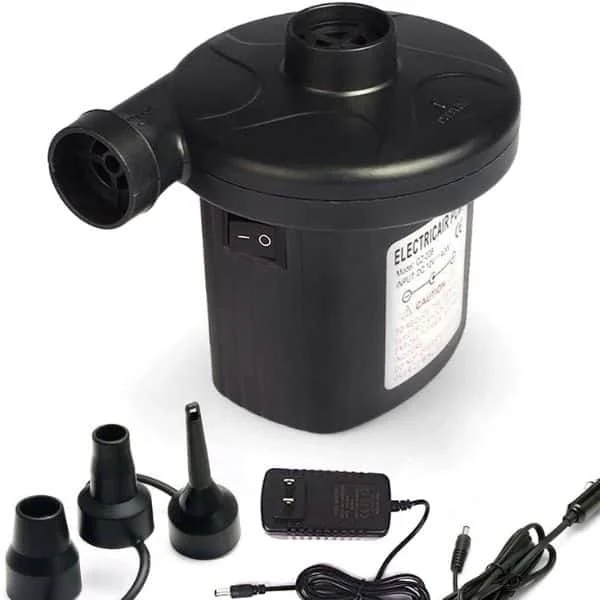

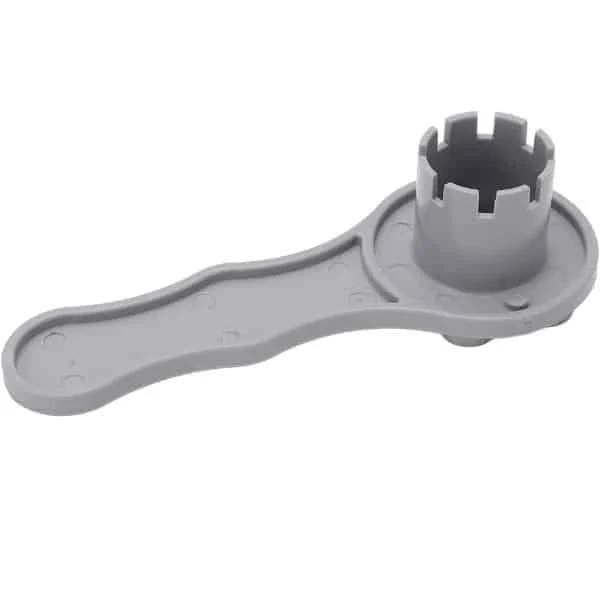
Additional Items for Easier Deflation
In addition to the essential tools, there are a few additional items that can make the deflation process even easier. These items can save you time and provide added convenience. Here are some items you may want to consider having:
- Trash bags or plastic sheets: Lay a trash bag or plastic sheet on the floor before deflating the mattress. This will prevent dirt and debris from getting onto the mattress, making it easier to clean later.
- Straps or bungee cords: If your air mattress has built-in straps or loops, use them to secure the mattress in a rolled or folded position. This can help compress the mattress and keep it tightly packed.
- Storage bag or container: To keep your deflated mattress protected and organized, consider using a storage bag or container. This will prevent damage and make it easier to transport or store the mattress until its next use.
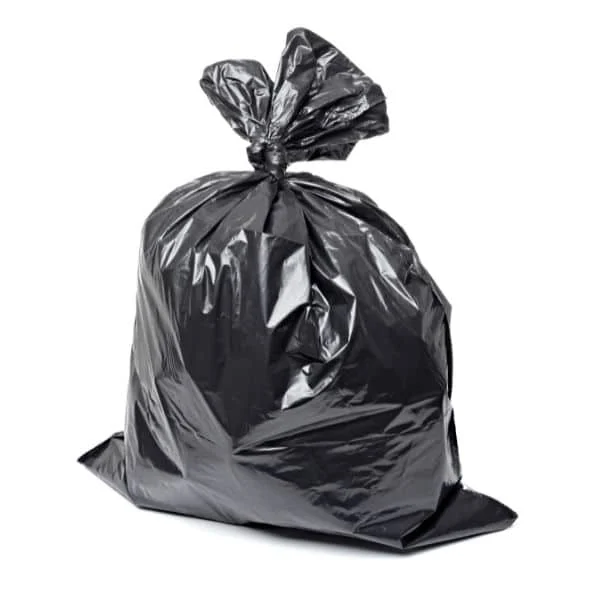
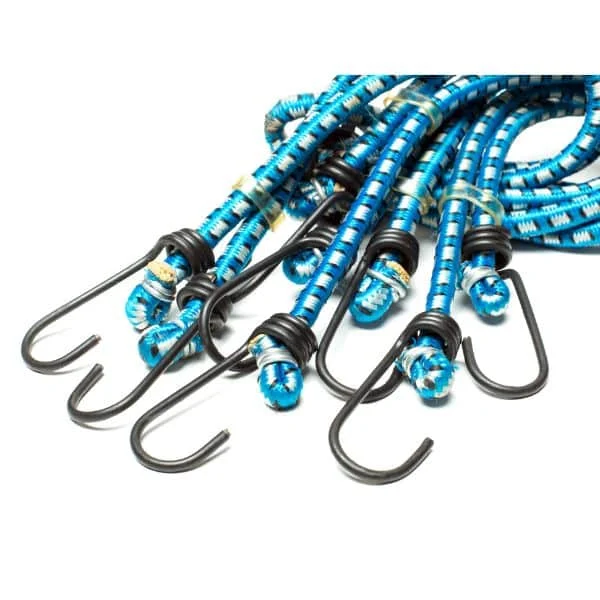
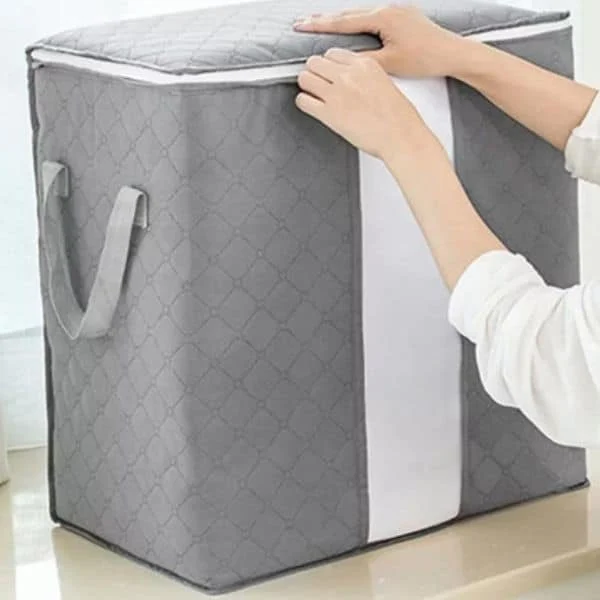
Gathering the necessary tools and supplies before deflating your air mattress is crucial for a smooth and efficient process. Having the right tools, such as an air pump and valve wrench, ensures that you can release the air effectively. Additionally, using items like trash bags, straps, and storage containers can make the deflation process easier and help you keep your mattress in great condition for future use.
How to Deflate an Air Mattress: Step-By-Step Guidelines
When it’s time to pack up and store your air mattress, properly deflating it is essential to ensure its longevity and ease of transportation. By following these step-by-step instructions, you can quickly and efficiently deflate your air mattress.
Release the Valve to Start the Deflation Process
The first step in deflating your air mattress is to locate and open the valve. Typically, this valve is located near the inflation point and maybe a simple twist or pull design. By opening the valve fully, you allow the air to escape and begin the deflation process.
Applying Pressure to Speed up Deflation
Once the valve is open, apply pressure to the mattress to expedite the deflation process. Use your hands or body weight to press down on the mattress, pushing the air out. This will help to remove the majority of the air quickly.
Rolling and Folding Methods
After you have released the majority of the air, it’s time to consider the rolling and folding methods. By folding the mattress in half lengthwise, you can eliminate any remaining air pockets. Then, starting at one end, tightly roll the mattress towards the valve end. This method helps to squeeze out any trapped air along the way.
Sitting or Kneeling Techniques
When rolling and folding the mattress, sitting or kneeling on it can further assist in pushing out the remaining air. By placing your weight on the mattress as you fold it up, you can ensure a more thorough deflation process.
Using your Body Weight Effectively
Throughout the deflation process, make sure to utilize your body weight effectively. Applying pressure with your hands, elbows, or knees can help to force out any stubborn pockets of air, ensuring a more complete deflation.
Squeezing Out Excess Air for a Complete Deflation
Even after the rolling and folding stages, there may still be some excess air trapped inside your mattress. To eliminate these air pockets, squeeze and press on the mattress along its entire length. Pay extra attention to areas where you feel resistance, as this is likely where air is still trapped.
Strategies for Stubborn Air Pockets
If you encounter particularly stubborn air pockets that are not being easily expelled, try rolling and folding the mattress from a different angle. Experiment with various folding techniques until you find a method that effectively removes the remaining trapped air.
Checking for Any Remaining Air
Before closing the valve, make sure to inspect your mattress for any remaining pockets of air. Run your hands over the surface and listen for any faint sounds of air escaping. If you detect any trapped air, repeat the steps mentioned above until your mattress is fully deflated.
Closing and Securing the Valve Properly
Finally, once your air mattress is completely deflated, it’s crucial to close and secure the valve properly. This step ensures that no air will leak back into the mattress during storage or transportation. Follow the manufacturer’s instructions for closing the valve, making sure it is tightly sealed.
By following this step-by-step guide, you can easily and effectively deflate your air mattress, ensuring its compactness and ease of storage. Taking the time to properly deflate your air mattress will not only prolong its lifespan but also make the next inflation process much smoother.
Tips and Tricks for Efficient and Safe Deflation
Deflating an air mattress is an essential step towards its proper storage and maintenance. Whether you’re preparing for a move or simply wanting to free up some space, knowing how to deflate your air mattress efficiently and safely is crucial. In this section, we will highlight several tips and tricks that will help you make the deflation process a breeze.
Removing Any Bedding or Covers Beforehand
Prior to deflating your air mattress, it is important to remove any bedding or covers. This ensures that you have clear access to the valve and prevents any potential damage or entanglement of the bedding during the deflation process. Simply strip off the sheets, blankets, and pillows before proceeding with deflation.
Avoiding Sharp Objects or Surfaces
When deflating your air mattress, it is crucial to avoid any sharp objects or surfaces that could puncture the mattress. One small puncture can render your mattress useless, so it’s important to handle it with care. Make sure the area where you plan to deflate the mattress is free from any debris, sharp objects, or rough surfaces that could potentially cause damage. Additionally, inspecting the area beforehand for any potential hazards can save you from unnecessary repairs or replacements later on.
Keeping the Mattress Clean and Dry During Deflation
To ensure the longevity of your air mattress, it is important to keep it clean and dry even during the deflation process. Before deflating, wipe down the surface of the mattress with a clean cloth to remove any dirt, dust, or moisture. This not only helps to prevent any potential mold or mildew growth but also keeps your mattress in its best condition for future use. Remember to keep the mattress dry during the deflation process. Any moisture that seeps into the valve or onto the surface can lead to unpleasant odors and potential damage.
By following these simple tips and tricks, you can ensure that the deflation process of your air mattress is efficient and safe. Remember to remove any bedding or covers, avoid sharp objects or surfaces, and keep the mattress clean and dry throughout the entire deflation process. Taking these precautions will not only help extend the lifespan of your air mattress but also ensure that it’s ready for your next use whenever you need it.
Maintenance and Storage of Your Deflated Air Mattress
Keeping your air mattress well-maintained and properly stored is crucial to ensure its longevity and continued comfort. Whether you use an air mattress for occasional guests or for camping trips, following these steps will help you keep it in top shape for years to come.
Cleaning and Drying the Deflated Mattress
Before storing your deflated air mattress, it’s important to give it a thorough cleaning. This will prevent any dirt, dust, or debris from accumulating and potentially causing damage. Start by wiping down the surface of the mattress with a damp cloth and mild soap. Be sure to remove any stains or spills as well.
After cleaning, allow the mattress to completely dry before moving on to the next step. Moisture can lead to the growth of mold or mildew, which can be harmful to the mattress material.
Properly Folding and Compacting for Storage
When it comes to folding your deflated air mattress, it’s important to do it properly to avoid any unnecessary damage. The technique you choose will depend on the specific instructions provided by the manufacturer, but there are generally two popular methods: rolling and folding.
Rolling vs. Folding Techniques
Some air mattress manufacturers recommend rolling the deflated mattress, while others suggest folding it. Both methods have their advantages, so choose the one that works best for you:
Rolling Technique
- Lay the deflated mattress flat on the ground or a clean surface.
- Starting from one end, roll the mattress tightly towards the other end.
- Secure the rolled mattress with straps or ties to keep it from unrolling during storage.
Folding Techniques
- Fold the deflated mattress in half lengthwise, making sure the edges line up.
- Fold it in half again, this time widthwise.
- Secure the folded mattress with straps or ties to keep it compact.
Using Storage Bags or Containers
Once your deflated air mattress is properly folded or rolled, it’s a good idea to store it in a protective bag or container. This will provide an extra layer of protection against dust, dirt, and potential punctures. Look for storage bags designed specifically for air mattresses, as they often have reinforced materials and sturdy zippers.
Storing in a Cool and Dry Environment
To prevent any damage to the deflated air mattress, it’s important to store it in a cool and dry environment. Excessive heat or moisture can weaken the material and lead to mold or mildew growth. Find a storage area that is away from direct sunlight, humidity, and extreme temperatures.
By following these simple maintenance and storage practices, you can ensure that your deflated air mattress remains in excellent condition for many uses to come. Cleaning, folding or rolling properly, using storage bags, and storing in an ideal environment will help prolong the lifespan of your air mattress, making it a reliable and comfortable sleeping option whenever you need it.
Troubleshooting Common Deflation Issues
Slow or Uneven Deflation
One common issue that you may encounter when deflating an air mattress is slow or uneven deflation. This can be frustrating, especially when you’re in a hurry to pack up and move on to your next adventure. However, there are a few things you can do to troubleshoot and address this problem.
Firstly, ensure that all the valves on your air mattress are fully open. Sometimes, if the valves are partially closed, it can restrict the airflow and result in slow deflation. Double-check each valve to make sure they are fully open, and then proceed to deflate the mattress.
If your mattress still seems to be deflating slowly or unevenly, check for any obstructions or blockages in the valves. Dust, dirt, or small debris can accumulate over time, obstructing the airflow. In this case, carefully clean the valves using a soft brush or cloth to remove any blockages.
It’s also important to note that higher altitudes can affect the rate of deflation. The lower air pressure at higher altitudes may cause the mattress to deflate more slowly. If you are in a high-altitude area, be aware that it may take a bit longer for your mattress to fully deflate.
Air Leakage and Repairs
Another frustrating issue that many people face with air mattresses is air leakage. There’s nothing worse than waking up on a partially deflated mattress in the middle of the night! If you suspect air leakage, there are a few steps you can take to troubleshoot and fix the problem.
Firstly, check the valves to ensure they are tightly closed. Sometimes, the valves may come loose or not be fully closed, causing air to slowly leak out. Tighten the valves securely and try inflating the mattress again to see if the leakage persists.
If the leakage continues, you may need to inspect the mattress for any visible punctures or holes. To do this, inflate the mattress fully and listen for any hissing sounds or feel for escaping air with your hand. You can also try submerging the mattress in water and looking for bubbles to pinpoint the location of the leak.
Once you’ve located the source of the leak, you can apply a patch or sealant to fix it. Many air mattress repair kits are readily available in the market and contain everything you need to patch up small holes or tears. Follow the instructions on the repair kit carefully, and give the adhesive enough time to dry and bond properly.
Inflating and Deflating Tips for Larger Mattresses
When it comes to larger air mattresses, such as those designed for multiple people or camping purposes, the inflating and deflating process can be more challenging. Here are some tips to make the process smoother:
- Use an electric pump or air compressor for quicker inflation and deflation. These devices can save you time and effort compared to using a manual pump.
- Start by partially inflating the mattress and then adjusting the amount of air to achieve your desired firmness. This allows for easier deflation later on.
- Ensure all the valves are tightly closed before proceeding with deflation to avoid any unnecessary air loss.
- Consider using a vacuum cleaner with a reverse function to help remove the remaining air from the mattress. This can be particularly useful for larger mattresses that may be more challenging to deflate fully.
- Take care when rolling or folding the mattress for storage. Follow the manufacturer’s instructions to prevent any damage or strain on the material.
By following these troubleshooting tips and incorporating the inflating and deflating tips for larger mattresses mentioned above, you can overcome common deflation issues and ensure your air mattress stays in optimal condition for future use.
Frequently Asked Questions On How to Deflate an Air Mattress
Can I use a vacuum cleaner to deflate an air mattress?
Yes, you can use a vacuum cleaner with a hose attachment to speed up the deflation process. Make sure the vacuum is set to blow air (not suction) and use the hose to direct the air out of the mattress.
How do I fold or roll up the deflated air mattress for storage?
Fold the deflated air mattress in half lengthwise, and then in half again. Roll it tightly from one end to the other, removing any remaining air as you go. Secure it with straps or in the storage bag provided.
What should I do if my air mattress won’t deflate?
If your air mattress is not deflating as expected, check that the valve is open and there are no obstructions in the air release mechanism. If the issue persists, consult the mattress manufacturer’s instructions for troubleshooting.
Can I partially deflate an air mattress for adjustable firmness?
Yes, you can adjust the firmness of an air mattress by partially deflating it to your desired level of comfort. Experiment with different air levels to find the right firmness for your needs.
How often should I deflate and store my air mattress when not in use?
If your air mattress is not in use for an extended period, it’s a good practice to deflate and store it to maintain its integrity. The frequency may depend on the manufacturer’s guidelines and your usage patterns.
Conclusion
To sum up, deflating an air mattress is a simple process that can be done quickly and efficiently. By following the steps outlined you can deflate your air mattress in no time. Remember to remove any excess air using the valve or pump, fold it neatly to reduce the volume, and store it in a dry and safe place.
Regularly deflating your air mattress not only helps with storage but also ensures its longevity and functionality. By taking care of your air mattress, you can enjoy many comfortable nights of restful sleep. So, the next time you need to deflate your air mattress, don’t fret.
Follow these easy steps, and you’ll be on your way to easily deflating and storing your air mattress in just a few minutes. Happy deflating!







